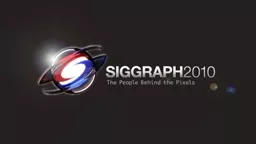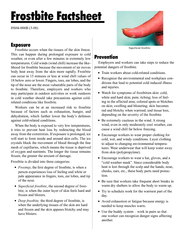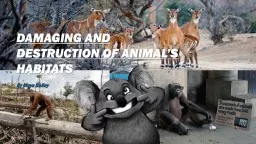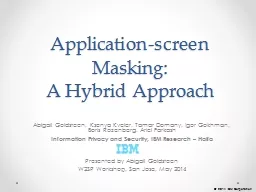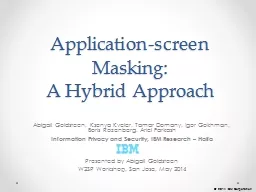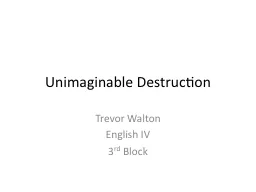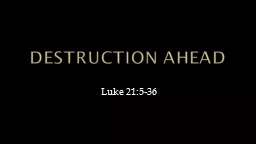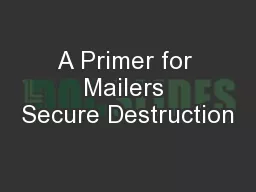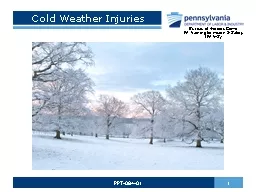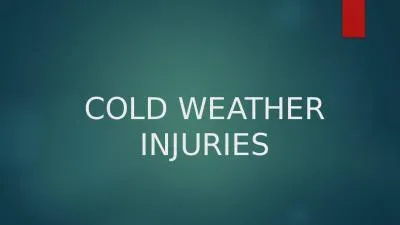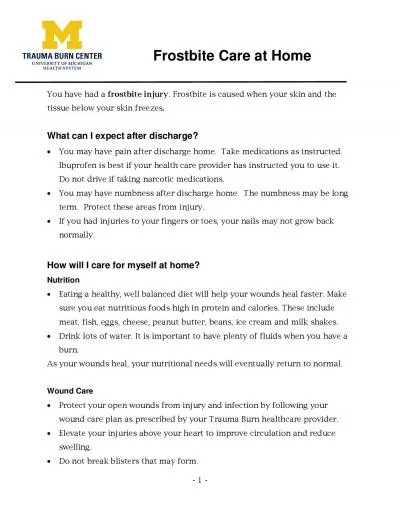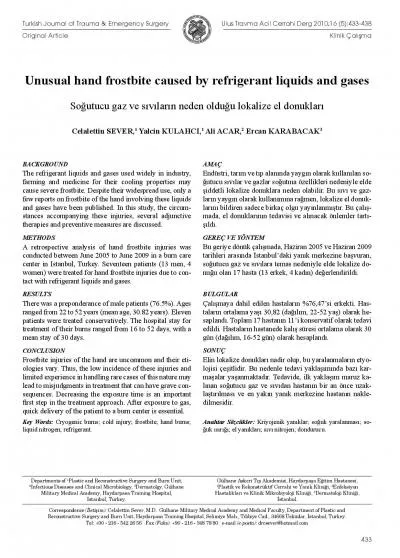PPT-Destruction Masking in Frostbite 2 using Volume Distance Fields
Author : SportyChick | Published Date : 2022-08-03
Robert Kihl DICE Agenda History Frostbite 1 Volume Distance Fields Optimisation Techniques Results Destruction Masking in Frostbite 10 Used in BFBC BF1943 and BFBC2
Presentation Embed Code
Download Presentation
Download Presentation The PPT/PDF document "Destruction Masking in Frostbite 2 using..." is the property of its rightful owner. Permission is granted to download and print the materials on this website for personal, non-commercial use only, and to display it on your personal computer provided you do not modify the materials and that you retain all copyright notices contained in the materials. By downloading content from our website, you accept the terms of this agreement.
Destruction Masking in Frostbite 2 using Volume Distance Fields: Transcript
Download Rules Of Document
"Destruction Masking in Frostbite 2 using Volume Distance Fields"The content belongs to its owner. You may download and print it for personal use, without modification, and keep all copyright notices. By downloading, you agree to these terms.
Related Documents

